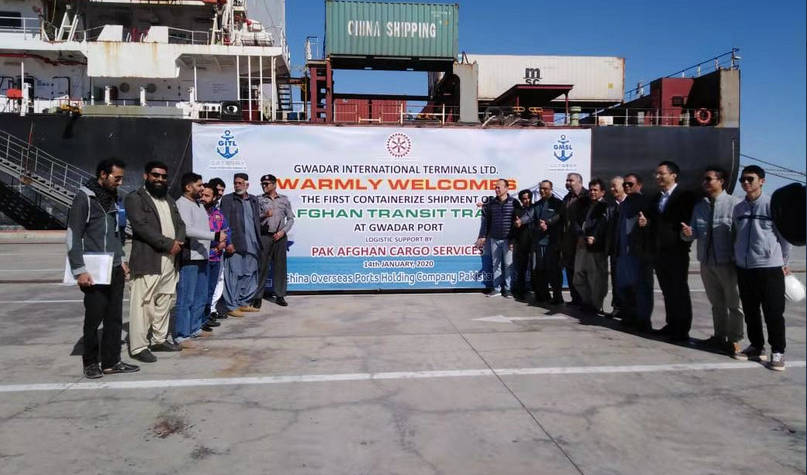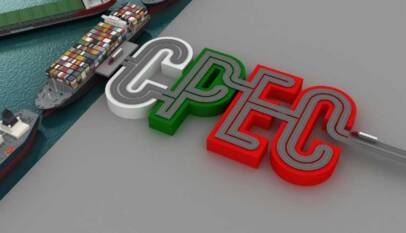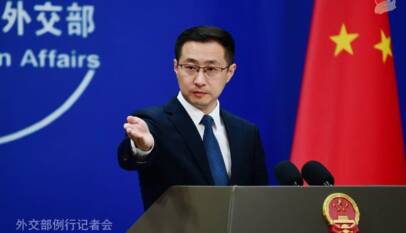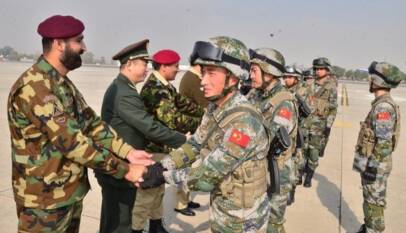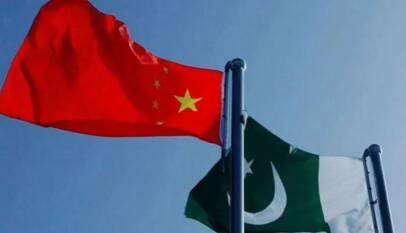Gwadar Port welcomes first Afghan Transit Trade cargo
Pakistan has officially begun the Afghan Transit Trade (ATT) via Gwadar port. On Tuesday, January 14, 2020, first cargo container consisting of fertilizer consignment has reached Gwadar port from the United Arab Emirates. The shipment would be loaded on trucks and reach Afghanistan via Chaman route, a Pakistani border town. Pakistan has opened the route for two-way Afghan transit trade. Launch of this route would not only generate economic activity due to port but would also boost trilateral friendship between Afghanistan-China and Pakistan. Pakistan announced in October 2020 about Gwadar port to be used for ATT.
ISLAMABAD – Pakistan’s newly opened southwestern Gwadar seaport has begun handling transit cargo headed to and from landlocked Afghanistan, marking a significant outcome of Islamabad’s multi-billion-dollar collaboration with China.
Officials said the first ship full of Afghan cargo containers reached Gwadar on Tuesday. The containers will be loaded onto trucks for transport to Afghanistan through the Pakistani border town of Chaman.
Kabul traditionally has relied on Pakistani overland routes and the two main southern seaports of Karachi and Port Qasim for international trade under a bilateral deal with Islamabad, known as the Afghan Transit Trade Agreement (ATTA).
The recent Chinese financial and construction efforts, though, have activated the strategically located Arabian Sea deep-water port of Gwadar, which offers a much shorter overland link, particularly to southern regions of Afghan, for the rapid delivery of goods.
The port is at the center of the China-Pakistan Economic Corridor (CPEC), which is building Pakistani roads, power plants, economic zones and a major airport in Gwadar to improve connectivity between the two allied nations and the region in general.
The massive project is hailed as the flagship of Beijing’s trillion-dollar Belt and Road Initiative, which has brought about $30 billion to Pakistan in direct investment, soft loans and grants over the past six years.“
CPEC and the Belt and Road Initiative are promoting regional economic ties,” said the Chinese Embassy in Islamabad while announcing the arrival of the first Afghan cargo containers at Gwadar.
Officials in Islamabad say Pakistan constitutes roughly 47 percent of total Afghan exports, while some 60 percent of Afghan transit trade goes through the northwestern Pakistan border crossing of Torkham. The Gwadar Port, they say, will increase the transit trade activity between the two countries.
China and Pakistan say they also plan to link CPEC to Afghanistan once the security situation improves in the war-torn neighbor.
Beijing recently announced it would fund and install modern reception centers, drinking water and cold storage facilities at Chaman and Torkham to better serve the daily movement of thousands of people as well as trade convoys moving in both directions.
China also has initiated a trilateral dialogue to help ease tensions between Kabul and Islamabad to encourage political, security and economic cooperation in the region.
Critics say Chinese infrastructure investments, however, are burdening economically struggling and debt-ridden economies, like Pakistan, with expensive loans that ultimately would turn into a “debt trap” for these nations. Islamabad and Beijing reject those concerns as misplaced.
CPEC’s Success Story: $25 Billion Invested Across 38 Completed Projects
ISLAMABAD: A total of 38 projects worth over $25 billion have been completed and 23 develo…



